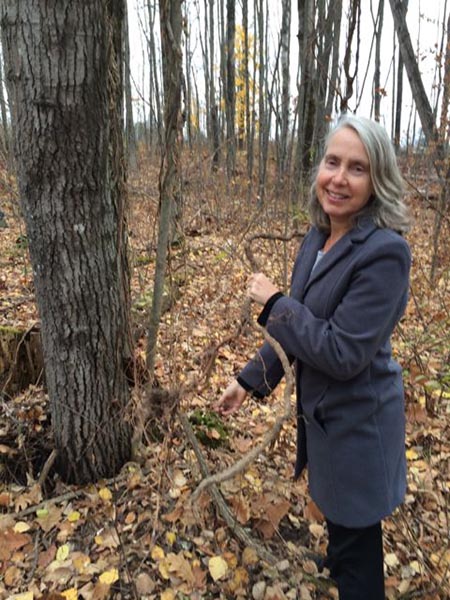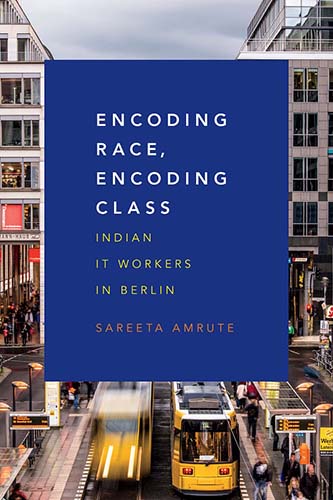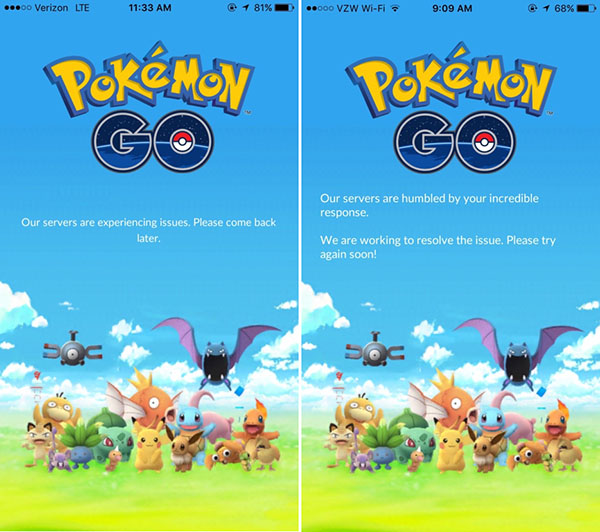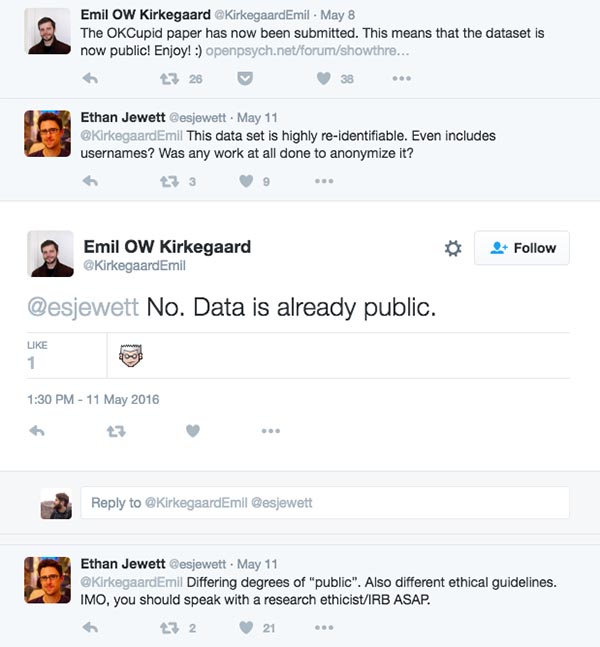
Living with Water Part II: A Tour of New Orleans’ Resilience District
This post is the second in a two-part series on water management in New Orleans. Read part one here. By adapting our city to our natural environment and the risks of climate change, we can create opportunities for all New Orleanians to thrive. – From Resilient New Orleans (2015: 4) “The Gentilly Resilience District will be a model for how other neighborhoods in New Orleans, across the region, and across the country, can adapt to thrive in a changing environment,” Derek reads aloud. A fellow with the Rockefeller Foundations 100 Resilient Cities, he explains to me the vital role the Urban Water Plan plays in the Resilient New Orleans initiative. Derek was trained in Urban Planning, and describes himself as an “ethnography sympathizer.” He had offered to take me on a tour of the Gentilly Resilience District, a model city space for the application of Urban Water Plan designs and community engagement. We hop in the city truck with New Orleans Redevelopment Authority (NORA) painted on the side and headed out. Our first stop was the London Avenue Canal memorial garden, where a local nonprofit, levees.org, had commemorated the site of the flood wall breach and levee failure during Hurricane Katrina in 2005. A map of the U.S. Army Corps Federal Levee System breaches is captioned by an indictment of their planning and preparedness: “The London Avenue Canal was Destined to Fail.” The high walls blocking access and visibility to the canal seem to simultaneously serve as a way to hide the pending threat of the water, while also alluding to its inevitability. In 2016, the US Department of Housing and Urban Development (HUD) National Disaster Resilience Competition awarded the city $141.3 million to implement the Greater New Orleans Urban Water Plan in the neighborhood district of Gentilly, requiring that 80 percent of the people impacted by the project fall under lower middle income levels (LMI). (read more...)






